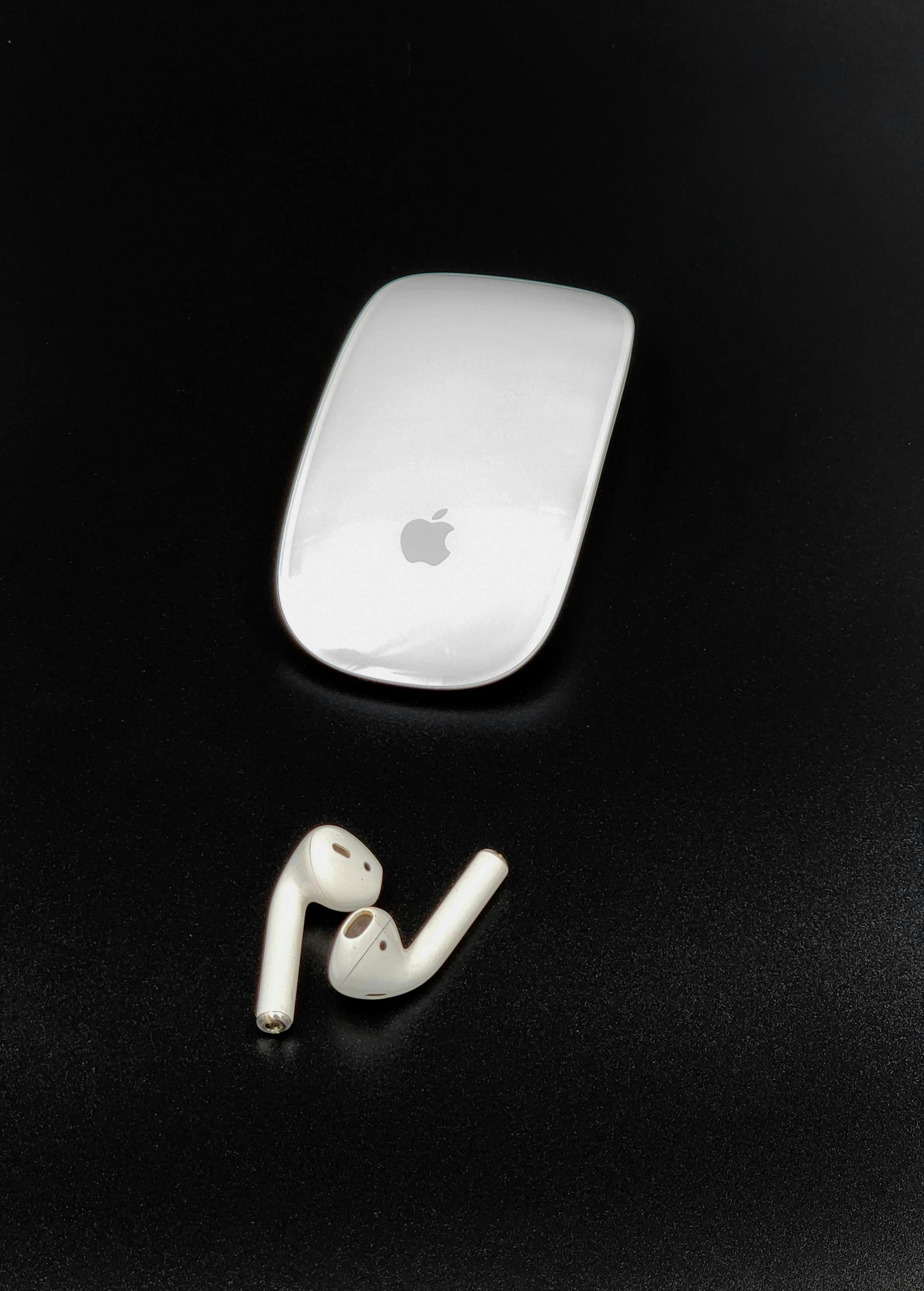Troubleshooting Persistent Trojan Infections: A Guide to Dealing with “Trojan:HTML/CryptostealBTC”
Dealing with malware infections can be a frustrating experience, especially when conventional methods fail to resolve the issue. One common example is the persistent detection of the “Trojan:HTML/CryptostealBTC,” which can reappear even after multiple attempts at removal. If you’re facing similar challenges, this guide will help you understand the situation and offer alternative solutions to address the problem.
Understanding the Issue
The “Trojan:HTML/CryptostealBTC” is a type of malware known for its ability to compromise sensitive information, particularly related to cryptocurrency. When this Trojan infiltrates your system, it can be difficult to remove completely, leading to repeated alerts from antivirus software like Windows Defender, which may struggle to eliminate it.
Troubleshooting Steps
1. Update Your Security Software
Before diving into deeper cleaning methods, ensure that your antivirus software is fully updated. Definitions and features improve over time, and having the latest version is crucial for an effective scan.
2. Use Specialized Malware Removal Tools
While Windows Defender provides a baseline level of protection, it may not be sufficient for certain threats. Consider utilizing dedicated malware removal tools such as Malwarebytes or Bitdefender. These programs often have more robust detection capabilities and may identify threats missed by your primary antivirus.
3. Boot in Safe Mode
Restart your computer in Safe Mode with Networking. This mode limits which programs and drivers are loaded, potentially preventing the Trojan from fully activating. From there, run your regular antivirus and malware removal scans to increase the likelihood of detecting and removing the infection.
4. Manually Remove Infected Files
If you’re comfortable navigating your file system, you can attempt to locate and delete the infected files manually. The Trojan in question is reportedly found in the path:
C:\Users\user\AppData\Local\Steam\htmlcache\code cache\js\319515f339baa15f_0.
However, exercise caution when doing this, as deleting critical files can lead to system instability. Always back up important data before proceeding.
5. Clear Your Browser Cache
Since this Trojan is associated with web activities, consider clearing your browser cache and stored data. Doing so can potentially eliminate any remnants of the malware residing in cached website files.
6. Consider a Full System Restore
If
Share this content:




Thank you for sharing this detailed troubleshooting guide regarding the persistent detection of “Trojan:HTML/CryptoSteelBTC.” Dealing with stubborn malware like this can indeed be challenging. Here are some additional tips that might help you progress further: